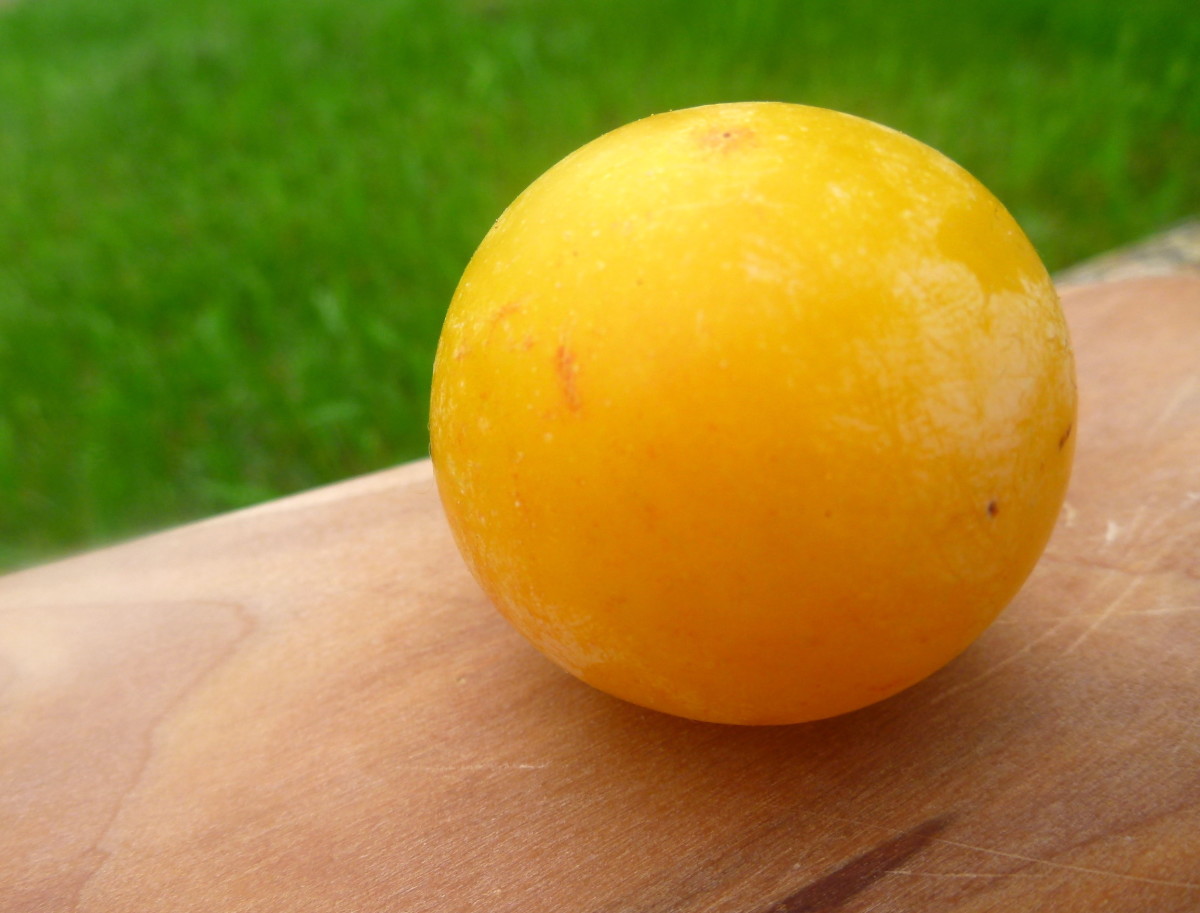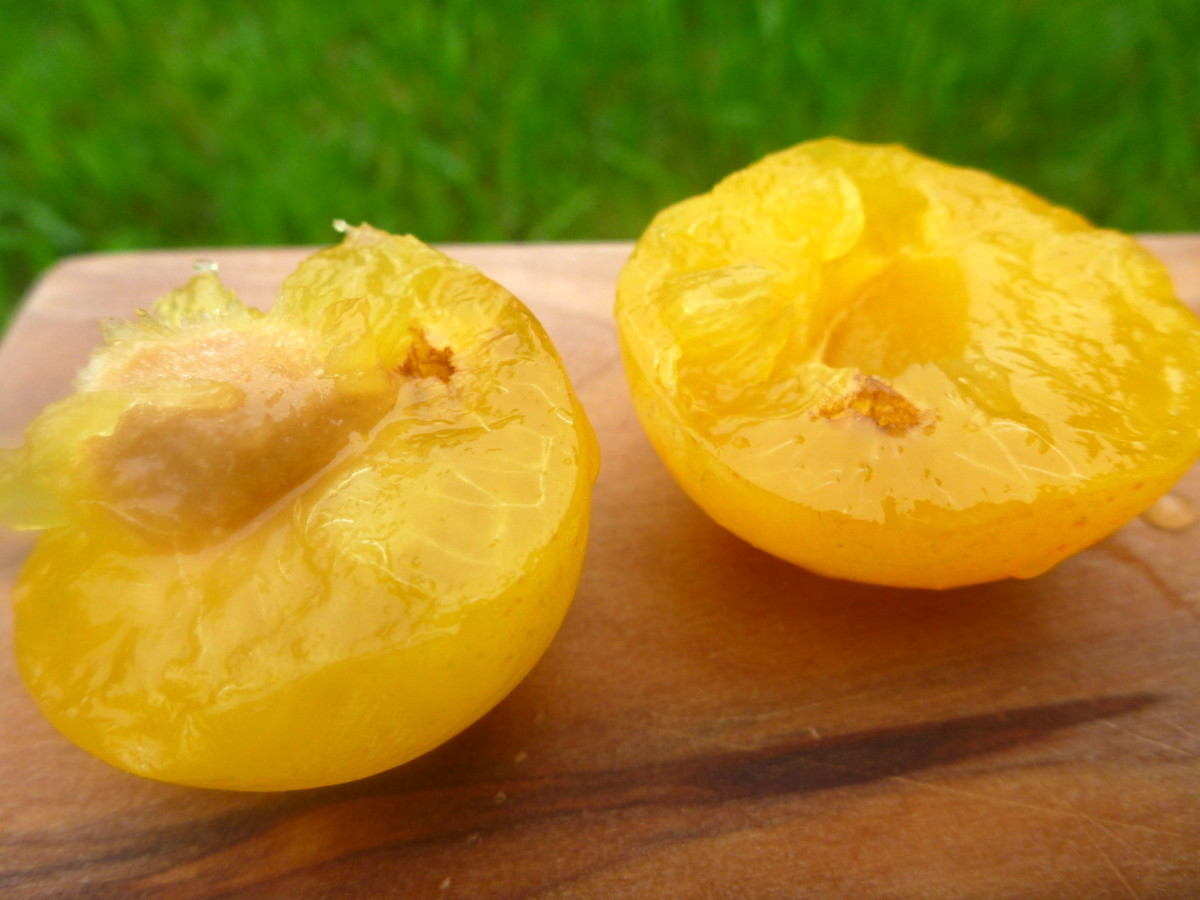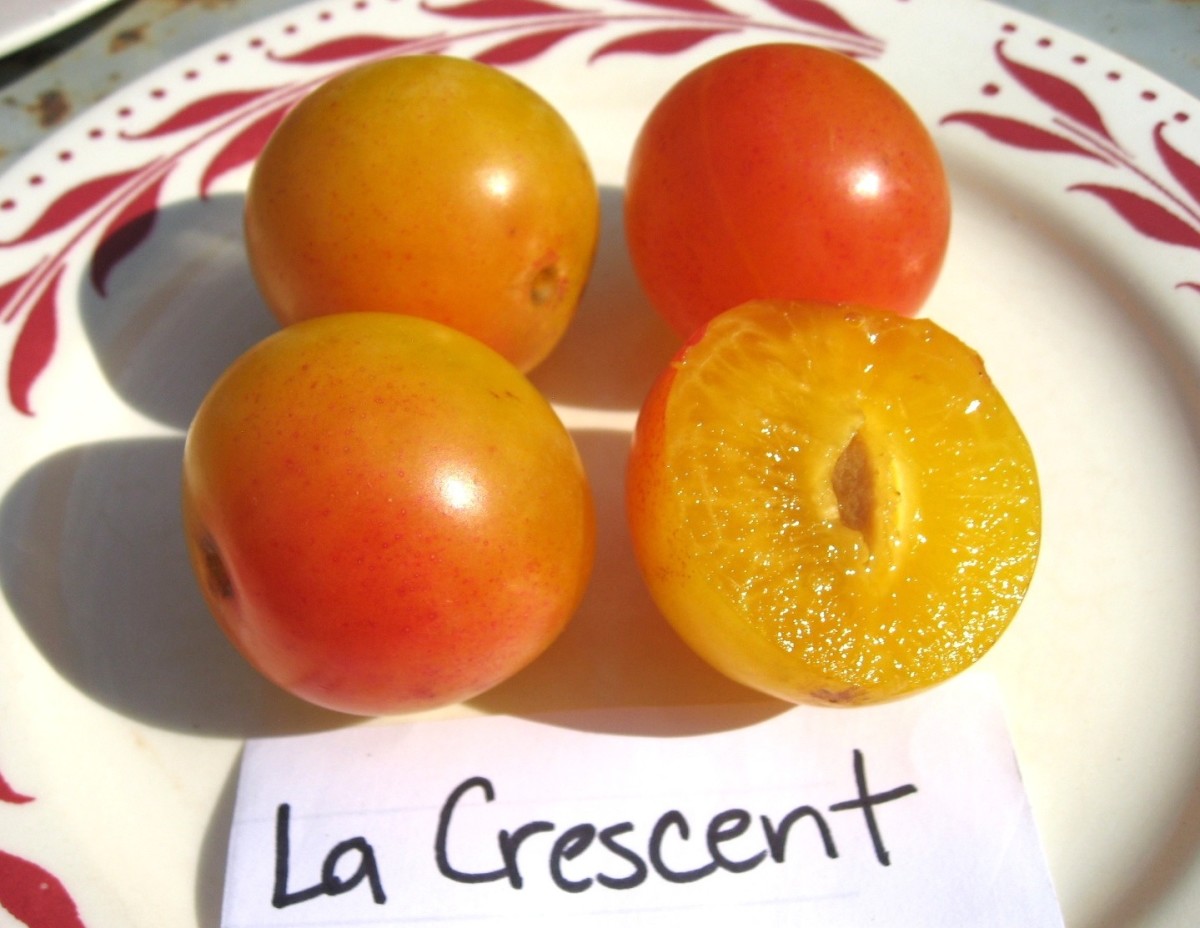Excellent fresh-eating clingstone. Round bright red fruit with a bluish bloom. Firm juicy yellow flesh is only moderately acidic. Reliable and productive. Not well known but considered by some enthusiasts to be one of the best introductions of the great 20th-c. plant breeder NE Hansen. Named in honor of the celebrated Shawnee chief Tecumseh, a leader and great orator who worked for tribal unity and refused to sign the Treaty of Greenville in 1795. Z3/4. Maine Grown. Indigenous Royalties. BACK! (3–6' bare-root trees)
Items from our perennial plants warehouse ordered on or before March 7 will ship around March 31 through late April, starting with warmer areas and finishing in colder areas. Orders placed after March 7 will ship around late April through early-to-mid May, in the order in which they were received.








